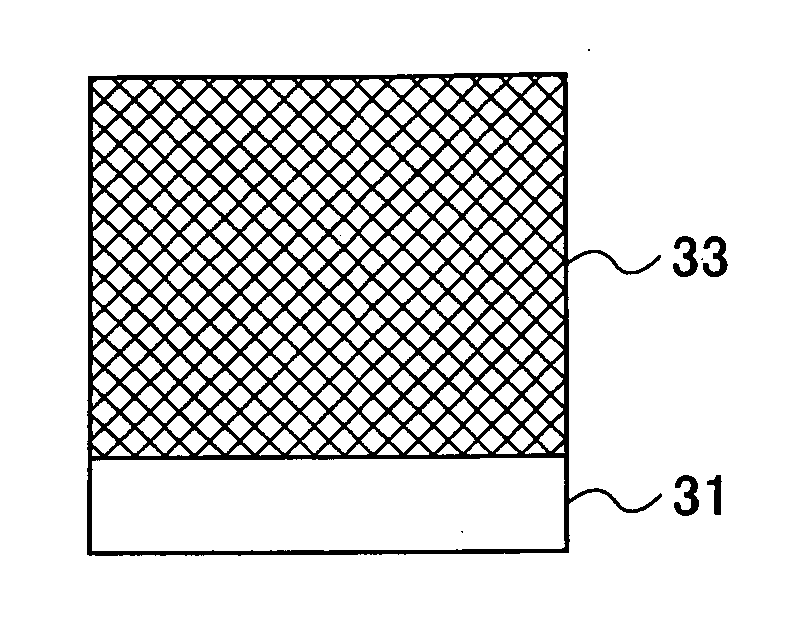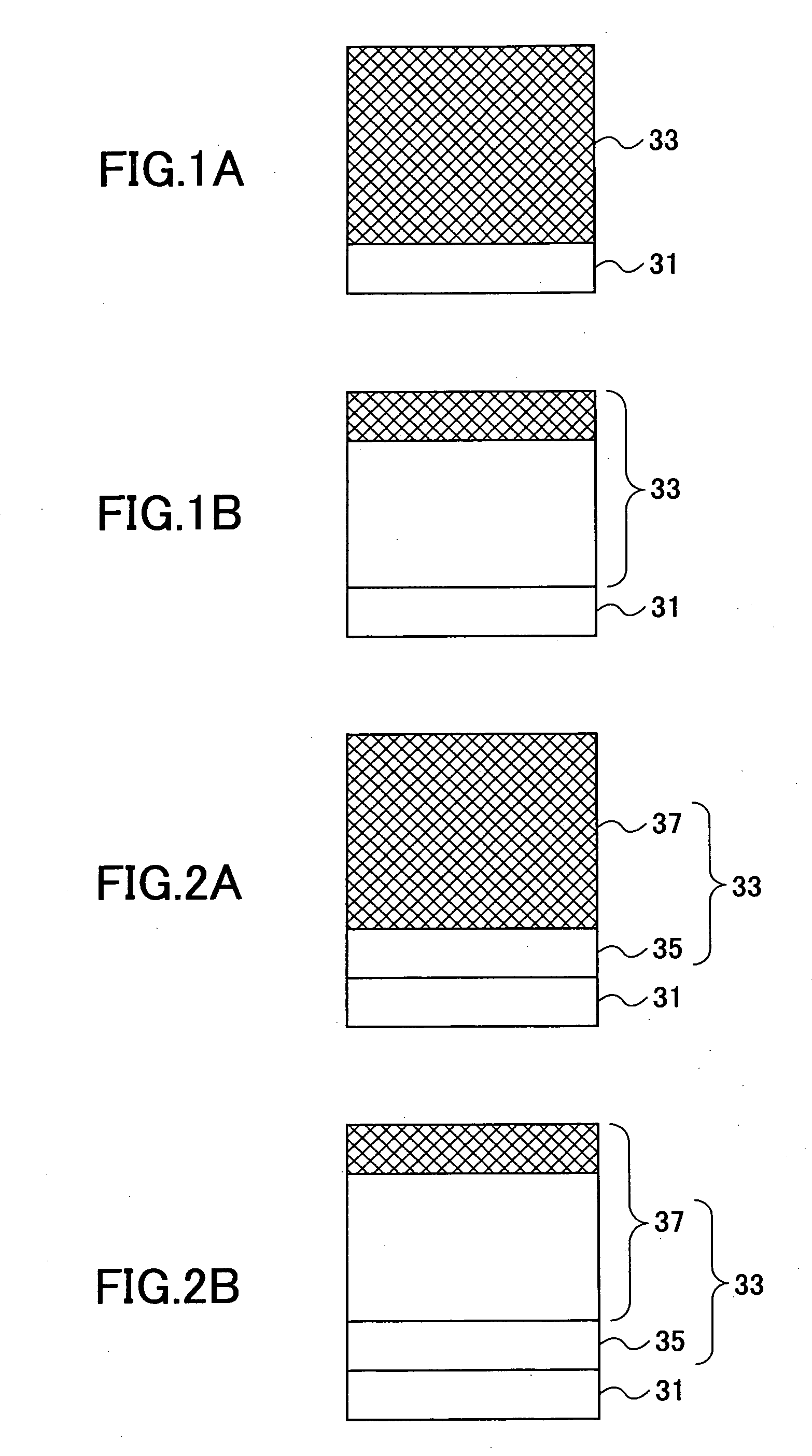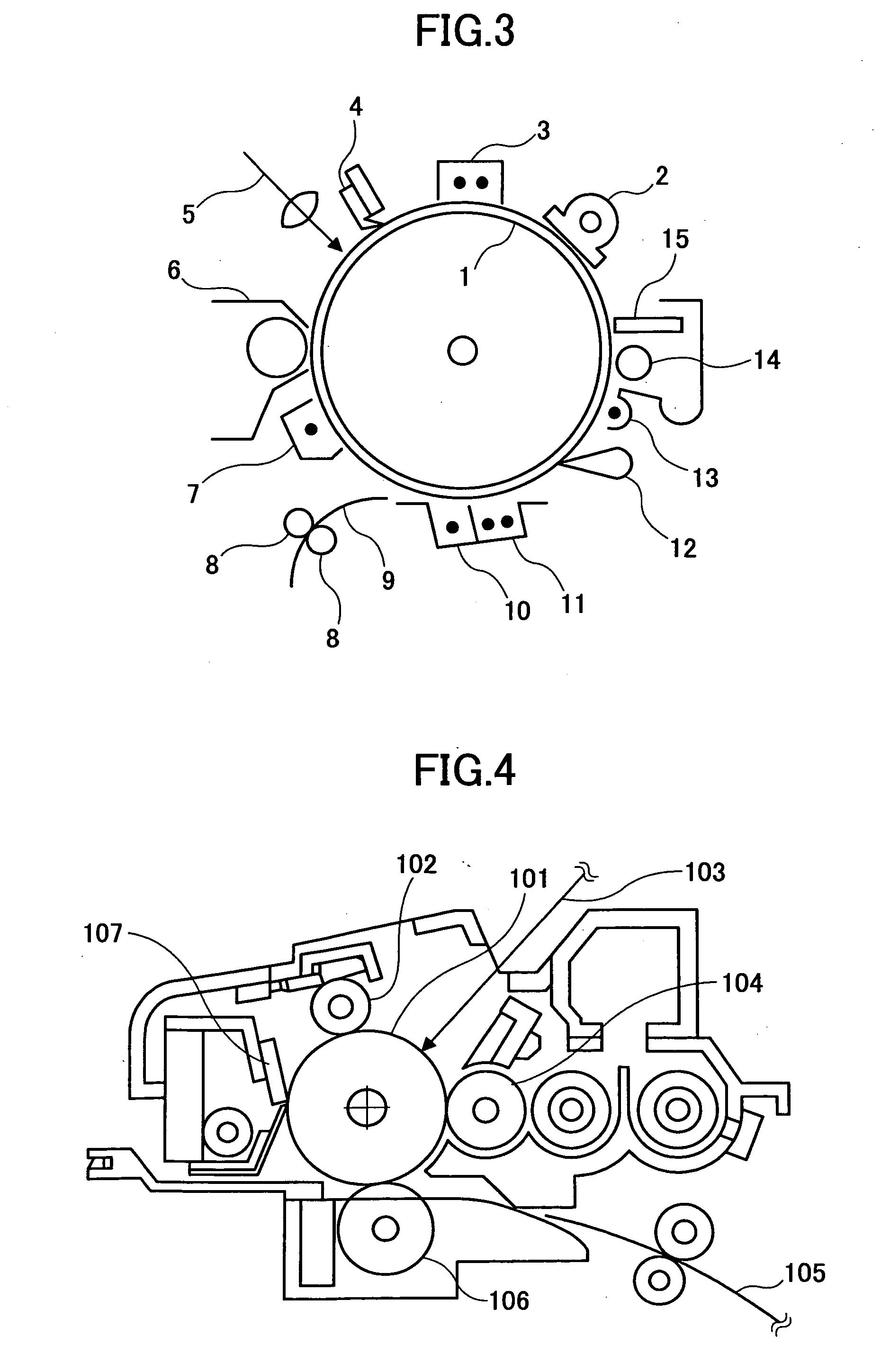Electrophotographic photoconductor and image formation method, image formation apparatus, and process cartridge for image formation apparatus using the electrophotographic photoconductor
a photoconductor and electrophotography technology, applied in the direction of electrographic process, instruments, corona discharge, etc., can solve the problems of reducing the photosensitivity, degrading the electric characteristic, and the organic photoconductor, and achieve excellent smoothness, good electric characteristic, and high abrasive resistance
- Summary
- Abstract
- Description
- Claims
- Application Information
AI Technical Summary
Benefits of technology
Problems solved by technology
Method used
Image
Examples
example 1
[0231] Coating liquid for underlying layer, coating liquid for charge generation layer, and coating liquid for charge transportation layer, which had the following compositions, were applied on an aluminum cylinder with φ 30 mm in order and dried so as to form an underlying layer with 3.5 μm, a charge generation layer with 0.2 μm, and a charge transportation layer with 18 μm. Then, coating liquid for crosslinked surface layer that had the following composition was spray-coated on the charge transportation layer and light irradiation was performed by using a metal halide lamp 120 W / cm under the conditions of an illuminance of 350 mW / cm2, and an irradiation time of 15 seconds. Further, the drying was performed at 130° C. for 20 minutes so as to form a crosslinked surface layer with 6 μm. Thus, an electrophotographic photoconductor according to the present invention was obtained.
[0232] [Coating Liquid for Underlying Layer][0233] Alkyd resin: 6 parts [0234] (Beckosol 1307-60-EL produce...
example 2
[0265] An electrophotographic photoconductor was manufactured similar to example 1 except that the photo-polymerization initiator in example 1 was changed to an acylphosphine oxide compound having the following structure. [0266] Photo-polymerization initiator: 0.6 parts [0267] Lucirin TPO (produced by BASF)
[0268] (Acylphosphine Oxide Compound) [0269] 2,4,6-trimethylbenzoyl-diphenylphosphine oxide
example 3
[0270] An electrophotographic photoconductor was manufactured similar to example 1 except that the photo-polymerization initiator in example 1 was changed to a mixture of photo-polymerization initiators that contain an acylphosphine oxide compound having the following structure. [0271] Mixed photo-polymerization initiators: 0.6 parts [0272] Irgacure-1700 (produced by Ciba Specialty Chemicals)
[0273] (Acylphosphine Oxide Compound) [0274] bis(2,6-dimethoxybenzoyl)-2,4,4,-trimethylpentylphosphine oxide: 25%
[0275] (Another Photo-Polymerization Initiator) [0276] 2-hydroxy-2-methyl-1-phenylpropane-1-one: 75%
PUM
| Property | Measurement | Unit |
|---|---|---|
| Volume | aaaaa | aaaaa |
| Fraction | aaaaa | aaaaa |
| Fraction | aaaaa | aaaaa |
Abstract
Description
Claims
Application Information
 Login to View More
Login to View More - R&D
- Intellectual Property
- Life Sciences
- Materials
- Tech Scout
- Unparalleled Data Quality
- Higher Quality Content
- 60% Fewer Hallucinations
Browse by: Latest US Patents, China's latest patents, Technical Efficacy Thesaurus, Application Domain, Technology Topic, Popular Technical Reports.
© 2025 PatSnap. All rights reserved.Legal|Privacy policy|Modern Slavery Act Transparency Statement|Sitemap|About US| Contact US: help@patsnap.com



